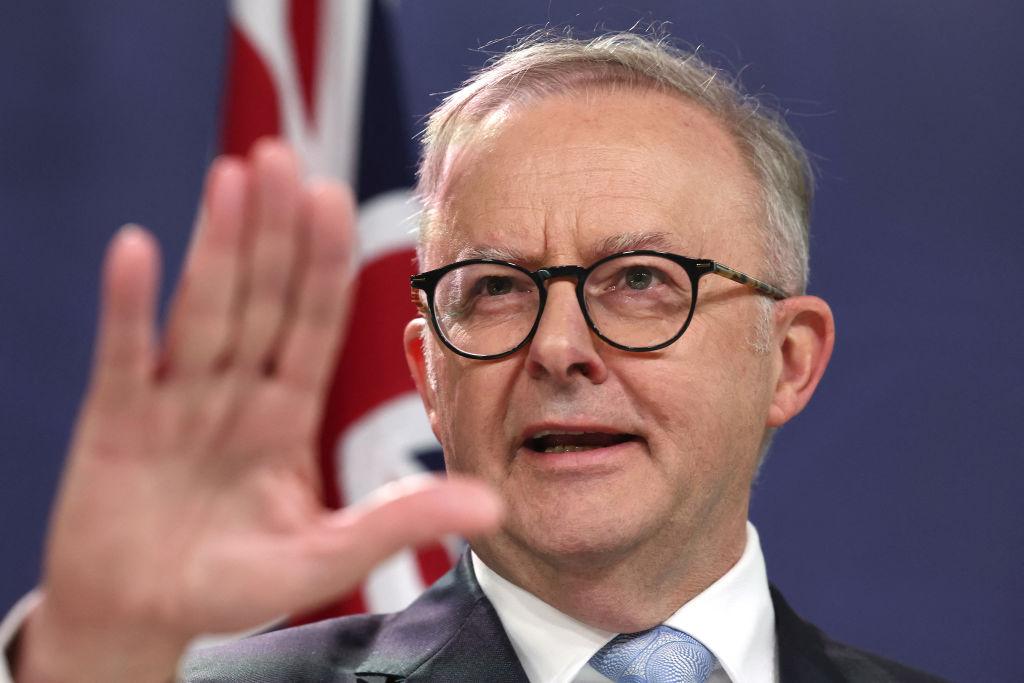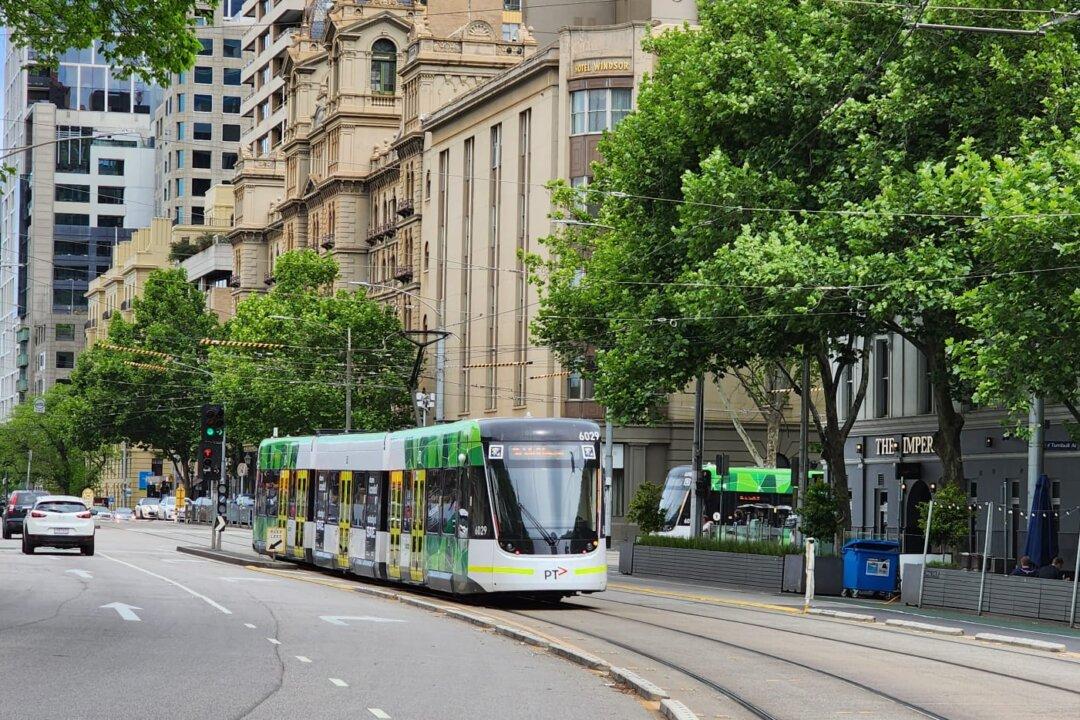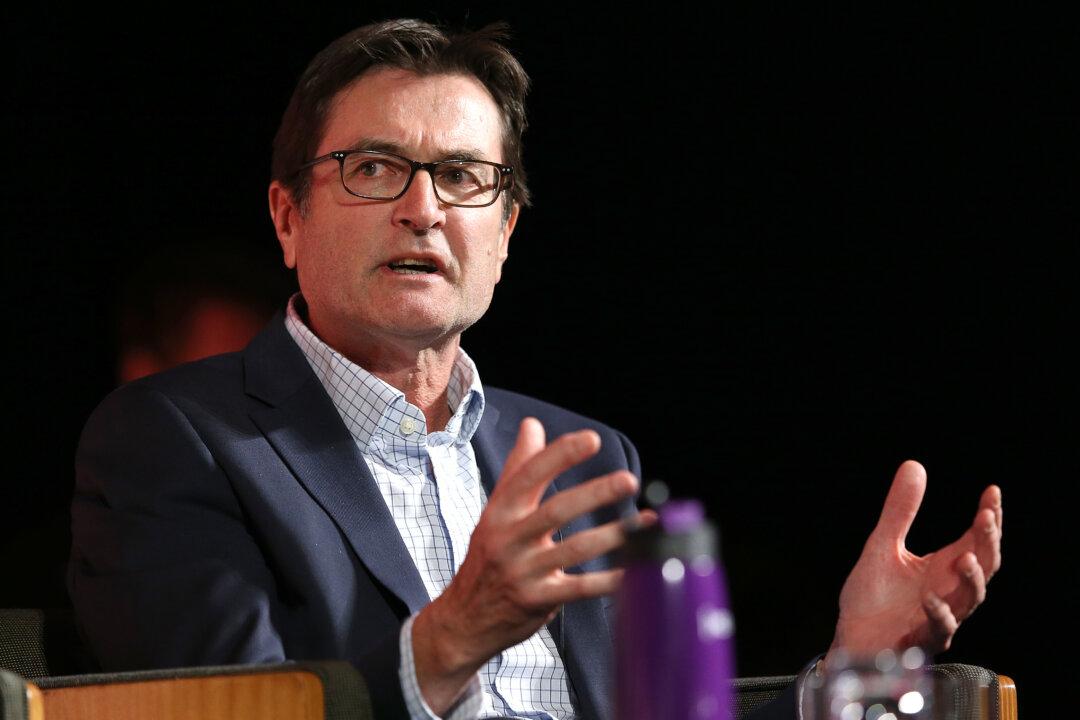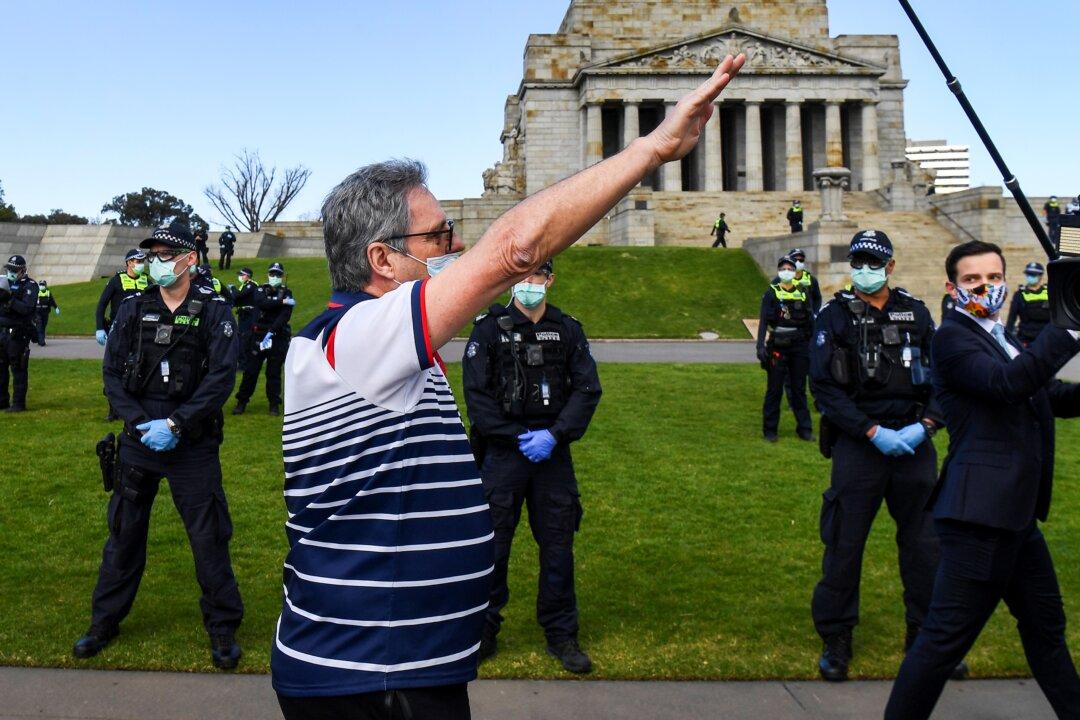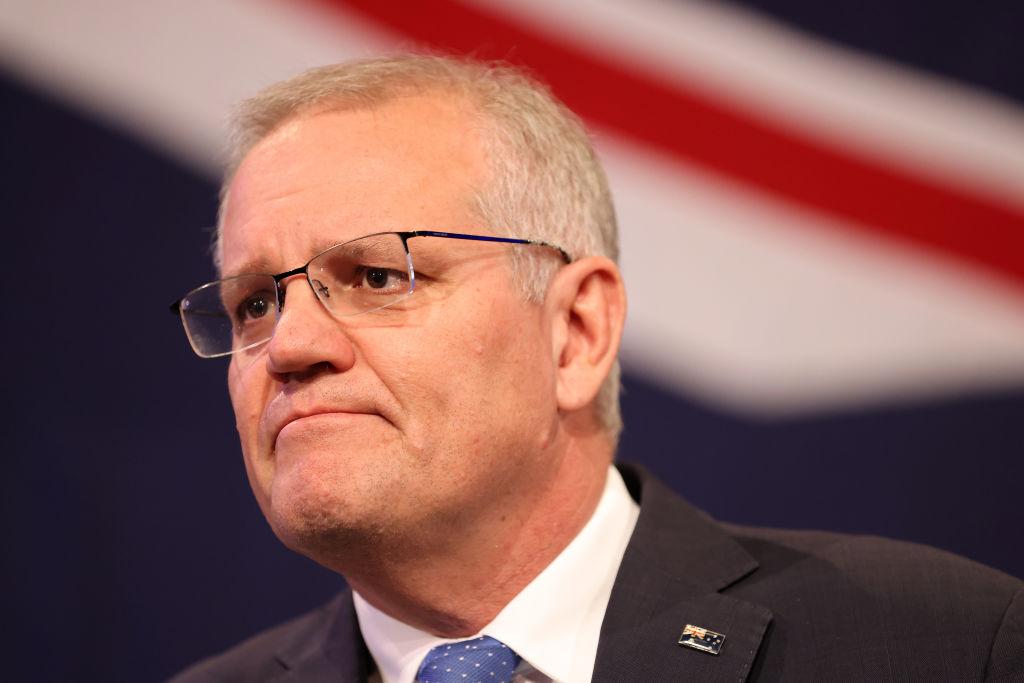Prime Minister Albanese has recently outlined his ambitions to bolster Australia’s industrial capabilities in 2024 as a key tenet of federal government policy.
Speaking at a press conference on Jan. 3, the prime minister stated his desire for a more extensive manufacturing base that will lead to “additional jobs.”
